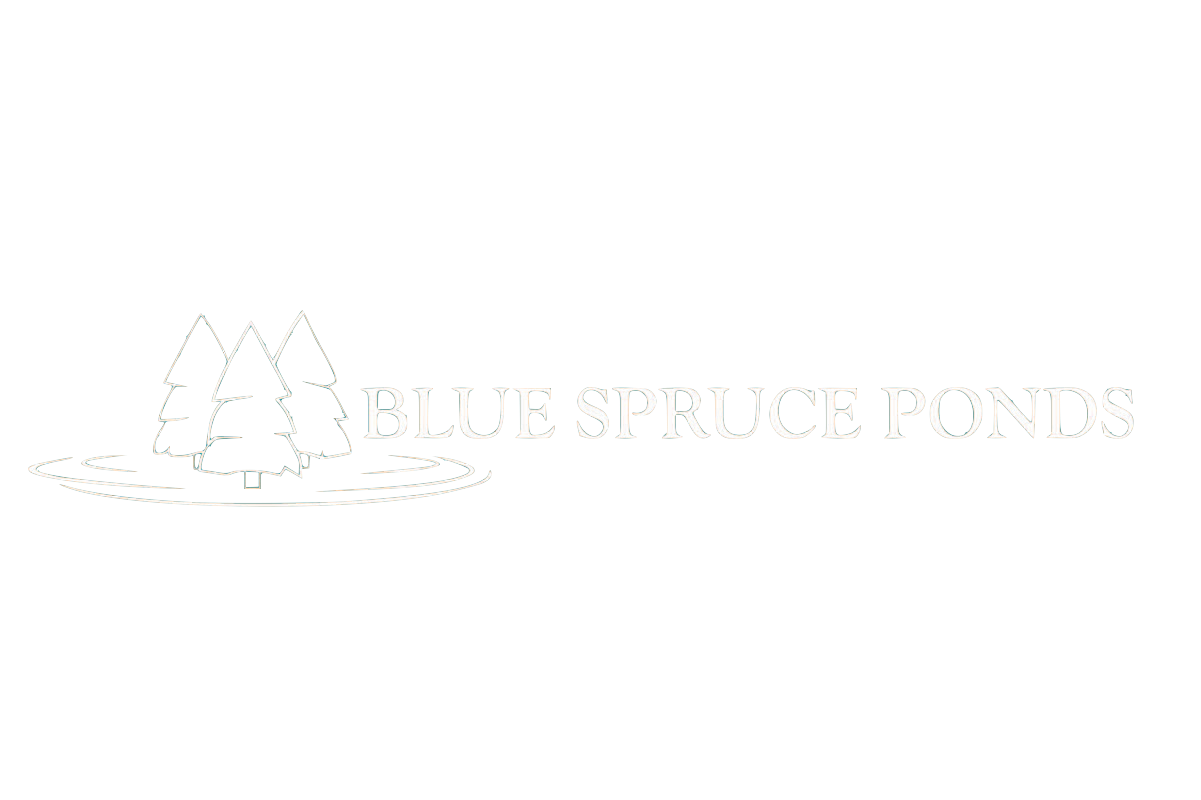
Winter House Plant Care & Tips
Overwintering House Plants in Colorado
Living in Colorado during the winter months can be rough on everyone, including our house plants! Our semi-arid climate becomes super dry when winter heating kicks in, which can drop indoor humidity levels to around 10%. As a general tip, house plants thrive in 40% to 60% humidity. This drop in humidity can cause your house plants to go into shock and make their survival quite challenging.
Level 1: The Lighting and Watering Balance
Our wonderful and enchanting 300+ days of sunshine can be deceiving. While the Summer sun stays up for longer, the Winter sun sits lower in the sky causing shorter days. Shorter days mean your plants are probably getting 50% less than their usual sunlight, even in a bright south-facing window. This also affects your plants' watering needs, so we need to be cautious!
Level 2: The Temperature Act
Living in Colorado during the winter months can be tricky for all of us. One day it’s sunny and 60, the next it’s snowing and plummeting into the teens. These dramatic temperature swings, heaters on full blast and icy windows can create a stressful environment for your plants. My plants learned this the hard way when I placed them in a windowsill above a heat vent, oops!
Level 3: The Humidity Puzzle
Humidity can be a puzzling situation in the winter, especially since most house plants tend to like humidity levels between 40% and 60%. When our heat turns on it can drop our humidity levels to below 10%, which can cause crunchy leaves and stuck new growth. Have no fear, there are ways you can help keep up your humidity levels during our frigid winters!
How can you help avoid these during the winter? Let us help!
Winter Watering Strategies
First thing first, forget your summer watering schedule. With less light, most house plants will need less water as they become semi-dormant. Instead of watering your plants more frequently, make sure to thoroughly check your plant’s soil moisture. You can do this by either sticking your finger into the soil roughly 2 knuckles deep, and water if the soil is dry. Or, our personal favorite, you can get a wooden chopstick and stick it roughly ½-⅓ of the way into the soil; if it comes out with wet dirt, skip watering, if it comes out dry and clean give your soil a good soak. You can also get a Moisture Meter and water when the meter reads dry.
Bonus Tip: This will also help keep fungus gnats at bay! No soggy soil = less risk for fungus gnats.
Getting Enough Light During Those Short Days
As we mentioned above, house plants face a significant decrease in light during Colorado’s winter. Though we have an abundant amount of beautiful sunny days, shorter winter days and lower sun angles change the amount of light reaching your plants dramatically. Here are a few things you can do to ensure enough light reaches your plants:
Move plants closer to windows, but watch for drastic temperature changes. West & South-facing windows usually offer the best winter lighting. However, be cautious when placing too close to frost windowsills.
Dusty leaves are a no-go. Clean your plants leaves monthly to help them absorb as much sunlight as they can. Dusty leaves can block up to 50% of available sunlight from actually reaching the plant cells. You can use a damp cloth or paper towel to wipe away dust on larger leafed plants. You can also use microfibre gloves with a little bit of water and a drop of neem oil to give them a nice little shine. For smaller plants with more delicate leaves, you can use a small damp paintbrush. Or you can place them in the shower when they also need to be watered for a little spa day!
Rotate your plants weekly to help them grow evenly. Consider where the sun hits your plants and if you see them leaning towards the sun, rotate them to help them stay growing evenly and full. We turn our plants ¼-½ each week to maximize leaf growth!
Growlights can be one of your best friends during the winter. Supplement sunlight with grow lights for places that are darker than usual, or for bigger plants that may not be able to be moved! LED growlights can help provide the light that your plants need without excessive heat or running up your electric bill. Place them 1-2” above your plant and keep them on for around 12 hours a day.
Bonus: They can also be a pretty addition to your living space as a spotlight or lamp!
Keep in mind, that different tropical plants have different light and watering needs. Check each plant's requirements before drastically adjusting their care. For example; ZZ plants and most Sanseveria adapt well to low light situations, whereas others like the Golden Pothos, other variegated plants, and Fiddle Leaf Figs need consistently bright indirect light to keep their vibrant foliage.
Pest Prevention & Humidity Help
Creating Humidity in a Dry Environment
Most houseplants prefer 40-60% humidity, and our Colorado winters can cause that to drop below 20%. Here’s some tips on how to keep the balance:
You can group your plants together to create a microclimate. Plants naturally release moisture, so clustering them together can help maintain higher humidity levels.
Create pebble trays to put under your plants. To create a pebble tray you’re going to want to fill a shallow dish with pebbles and fill with just enough water to cover the pebbles. Place your plant on top of the pebbles and as the water evaporates, it increases the local humidity.
Use a humidifier near your plants. We recommend placing a humidifier near your grouping of plants that like or require more humidity than most. However, if you mainly have plants that tend to like the 40-60% level, you can still use one and place it more strategically around a larger grouping. Run it during the day when the sun is out and heating is most active. If you get one that allows you to do multiple settings, turn it down lower at night to avoid cold water shocking your plants. Make sure to clean it regularly to avoid mold as well.
Avoid using misting as a long term humidity solution. Misting, while popular, only provides temporary relief and can lead to water spots and fungal issues if water sits on the leaves.
Pest Management in the Winter
Winter heating along with lower light conditions can increase pest problems in your home. Most insects love a warm, dry environment and their natural threats aren't inside. To lower your risk for winter pests, try these strategies:
Inspect your plants regularly, especially the underside of leaves and stem joints. Be sure to thoroughly check your “crinkly” plants that may have wrinkles or ridges in the leaves where pests can hide. We also recommend keeping an eye on your soil and aerating the top couple of inches regularly to help avoid stagnant soil.
Keep good air circulation around your plants. While grouping for humidity is helpful, be sure to either rotate plant positions or leave roughly 2-3” between plants for adequate air circulation.
Keep an eye out for warning signs such as sticky leaves, unusual speckling on leaves, and webbing.
If you see pests on 1 plant, they could be on the others! Make sure you isolate affected plants and treat them with the appropriate treatments
While Colorado winter provides a series of challenges for us plant parents, we can manage it. Adapting to Colorado’s unique winter conditions allows you to keep a beautiful, lush indoor oasis year-round. Keep in mind that each plant will be affected differently by these winter conditions, so what works for a Fern may not work for a Hoya.
FAQ About Plant Care during the Winter
Q: Why are my plant’s leaf tips turning brown and crispy?
A: Browning, crispy leaf tips usually indicate low humidity or mineral build-up from tap water. Try increasing your humidity by grouping plants together, a humidifier, or a pebble tray. Also, consider watering your plants with distilled water the next couple of times they need to be watered to flush out the soil.
Q: Should I still fertilize my plants during the winter?
A: Since most household plants go into a semi-dormant period during the winter, the need to fertilize lessens. But you won’t cause any harm in fertilizing in the winter. We recommend fertilizing 1x a month during the winter, then resuming more frequent fertilization in the spring when you notice new growth coming in!

